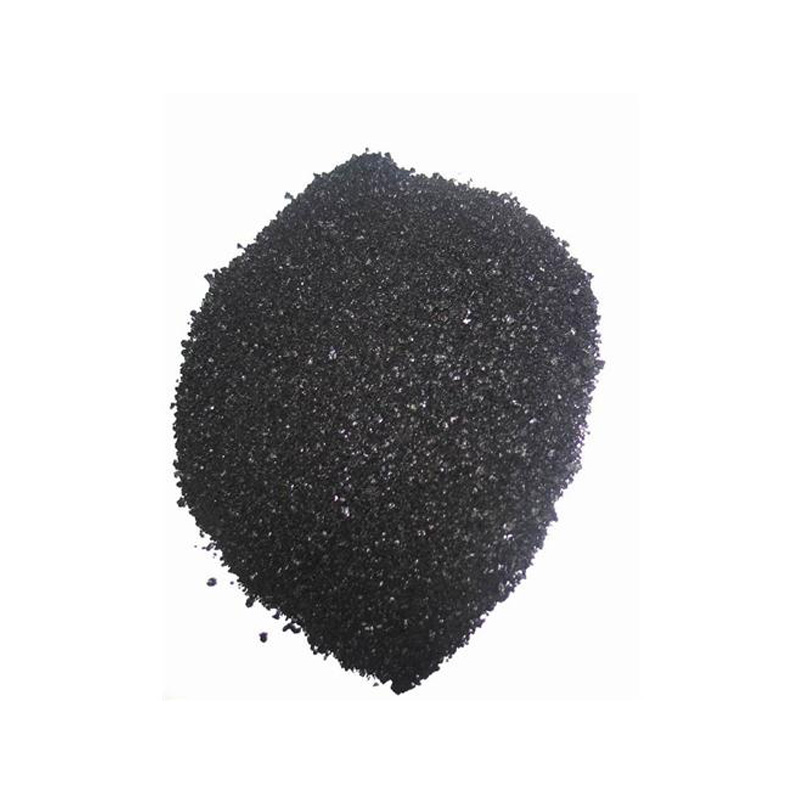Top Manufacturers of High-Quality Sulfur Dyes for Textile Industry Applications
An Overview of Sulfur Dyes Manufacturers
Sulfur dyes have become an important class of colorants in the textile industry due to their unique properties and advantages. Known for their excellent fastness to light and washing, sulfur dyes are primarily used to dye cotton and other cellulosic fibers. The growing demand for cost-effective and environmentally friendly dyeing solutions has resulted in a rise in the number of sulfur dyes manufacturers across the globe. This article delves into the sulfur dye manufacturing process, key players in the industry, and the future prospects of sulfur dyes.
Understanding Sulfur Dyes
Sulfur dyes are characterized by their solubility in alkaline sulfide solutions, which enables them to penetrate the fabric effectively during the dyeing process. After application, these dyes are converted into insoluble forms through oxidation, ensuring that the color adheres strongly to the fiber. This unique property makes them excellent for creating deep, rich colors. Additionally, sulfur dyes are generally more affordable than other dye types, making them popular choices for bulk dyeing processes in the textile industry.
The Manufacturing Process of Sulfur Dyes
The production of sulfur dyes involves several key steps. First, specific chemical compounds that contain sulfur are synthesized. This is done using various raw materials such as aniline, phenol, and other aromatic compounds. Once synthesized, the dyes are subjected to a series of chemical reactions to form the final dye structure. The resulting dyes are then purified, formulated, and dried to achieve the desired product consistency.
Manufacturers must adhere to strict quality control measures throughout the production process to ensure the dyes meet industry standards. This includes conducting tests for color consistency, stability, and fastness properties. Additionally, the increasing awareness of environmental issues has led many manufacturers to adopt sustainable practices, including waste reduction strategies and the development of eco-friendly dye formulations.
Key Players in the Sulfur Dye Industry
sulfur dyes manufacturers

The sulfur dye manufacturing sector boasts a number of prominent players known for their innovation and reliability. Companies such as Huntsman Corporation, Dystar, and Archroma are leading the market with their extensive product offerings and expertise in textile chemicals. These companies focus on continuous research and development to improve dye properties and create new formulations that meet changing consumer demands.
In addition to major players, many smaller manufacturers also contribute to the global sulfur dye market. These entities often specialize in niche products and can cater to specific customer needs or geographical markets. As sustainability becomes increasingly important, many manufacturers are investing in green chemistry initiatives to create dyes that are less harmful to the environment.
Market Trends and Future Prospects
The global demand for sulfur dyes continues to grow, driven by trends in fast fashion, sustainable practices, and technological advancements in dyeing processes. One notable trend is the rising preference for water-saving dyeing technologies, as consumers and manufacturers seek eco-friendly practices. Manufacturers are responding by developing sulfur dyes that can be used with less water while maintaining high-quality results.
Moreover, the increasing adoption of digital printing technologies in textile production is opening up new avenues for sulfur dyes. As digital printing becomes more popular for short runs and customized designs, the demand for dyes that can meet these unique requirements is likely to rise.
Despite the challenges posed by regulatory standards and a growing emphasis on sustainability, the future of sulfur dyes appears promising. Manufacturers are likely to continue innovating and adapting their products to align with market demands, creating opportunities for growth and expansion in this dynamic sector.
In conclusion, sulfur dyes manufacturers play a crucial role in the textile industry by providing a cost-effective and versatile solution for dyeing processes. As the industry evolves, these manufacturers must stay ahead of trends and consumer needs to maintain their market position and contribute to a greener future for textiles.
-
The Timeless Art of Denim Indigo Dye
NewsJul.01,2025
-
The Rise of Sulfur Dyed Denim
NewsJul.01,2025
-
The Rich Revival of the Best Indigo Dye
NewsJul.01,2025
-
The Enduring Strength of Sulphur Black
NewsJul.01,2025
-
The Ancient Art of Chinese Indigo Dye
NewsJul.01,2025
-
Industry Power of Indigo
NewsJul.01,2025
-
Black Sulfur is Leading the Next Wave
NewsJul.01,2025

Sulphur Black
1.Name: sulphur black; Sulfur Black; Sulphur Black 1;
2.Structure formula:
3.Molecule formula: C6H4N2O5
4.CAS No.: 1326-82-5
5.HS code: 32041911
6.Product specification:Appearance:black phosphorus flakes; black liquid

Bromo Indigo; Vat Bromo-Indigo; C.I.Vat Blue 5
1.Name: Bromo indigo; Vat bromo-indigo; C.I.Vat blue 5;
2.Structure formula:
3.Molecule formula: C16H6Br4N2O2
4.CAS No.: 2475-31-2
5.HS code: 3204151000 6.Major usage and instruction: Be mainly used to dye cotton fabrics.

Indigo Blue Vat Blue
1.Name: indigo blue,vat blue 1,
2.Structure formula:
3.Molecule formula: C16H10N2O2
4.. CAS No.: 482-89-3
5.Molecule weight: 262.62
6.HS code: 3204151000
7.Major usage and instruction: Be mainly used to dye cotton fabrics.

